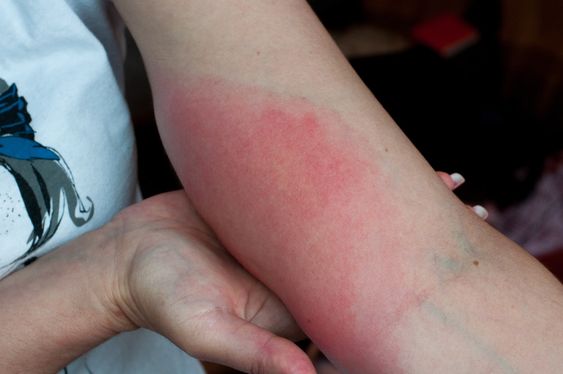Different degrees of burns require different treatments. Here's how to treat first-, second-, and third-degree burns.
First-degree burns, also known as "erythema" burns. This type of burn is characterized by erythema on the skin surface, no blisters, a strong burning sensation, and severe pain. For first-degree burns, it is recommended to use Hydrogel Dressing, which can speed up wound healing and reduce wound pain. It only needs to protect the wound surface to avoid further damage. Under normal circumstances, the wound will heal naturally within 3-5 days without leaving scars or pigmentation.
Second-degree burns are also called "blister" burns. Depending on the depth, such burns can be divided into superficial second-degree burns and deep second-degree burns. The wounds of superficial second-degree burns have larger blisters with thin walls. After the blisters are removed, the wound base is moist, light red, and sensitive to pain. For this type of wound, you can use disinfectants such as chlorhexidine or chlorhexidine for debridement to keep the epidermis of the wound as intact as possible. For large blisters, a low incision can be made to drain the blister fluid. Wounds on the limbs are often treated with bandaging therapy, and Hydrogel Dressing can be used as the inner dressing. Wounds on the head, face, trunk, or perineum are suitable for exposure therapy. The wound blisters of deep second-degree burns are smaller, the blister skin is thicker, the wound surface under the epidermis is red and white, and the pain is dull. During debridement, it is necessary to remove the wound epidermis and contaminated, curled blisters to avoid wound fluid accumulation and infection. Exposure therapy is often used for wounds after debridement. Silver sulfadiazine is applied externally or covered with artificial skin. Chinese herbal medicine with a scab-forming effect can also be applied externally to promote drying and scabbing of the wound surface. If conditions permit, deep second-degree injuries to functional parts should be treated with surgery in the early stage. Scab removal and skin grafting should be performed on the wound surface, and a large piece of autologous skin should be transplanted to preserve the appearance and function of the part to the maximum extent.
Third-degree burns, also known as escharic burns. This kind of burn wound penetrates the entire thickness of the skin and skin appendages in the subcutaneous tissue, such as sebaceous glands, hair follicles, etc. The wound surface appears pale or charred, burnt yellow, and feels as hard as leather. A large blood vessel embolism network can be seen on the surface, and the pain sensation disappears. For third-degree burns in small and medium-sized areas (less than 10% in adults and less than 5% in children), treatment methods vary depending on the specific situation and may require complex treatments such as surgical skin grafting or skin flap repair. The first step in treating burn wounds is to remove the eschar early, and then transplant small or large pieces of autologous skin depending on the skin resources. In this way, the wound can be closed in one operation. For large third-degree burns, as more skin resources are required, planned esophagectomy and skin grafting operations are usually performed in stages. For patients who are admitted late or who have already formed granulation wounds, granulation wound skin grafting can be chosen.

Fourth-degree burns refer to burns that reach deep into the muscles and bones, often accompanied by damage to important blood vessels, nerves, and tendons. This type of burn is usually caused by an electrical burn or a sustained burn at relatively low temperatures. Since ordinary skin grafting methods cannot survive at such a depth, hospitals usually choose primary or secondary local flaps or free flaps for repair after complete expansion of the wound.
For more information on Innomed®Hydrogel Dressing, Refer to the Previous Articles. If you have customized needs, you are welcome to contact us; You Wholeheartedly. At longterm medical, we transform this data by Innovating and Developing Products that Make Life Life easier for those who need loving care.
Editor: kiki Jia
Date: January 31, 2023

 English
English عربى
عربى Español
Español русский
русский 中文简体
中文简体








